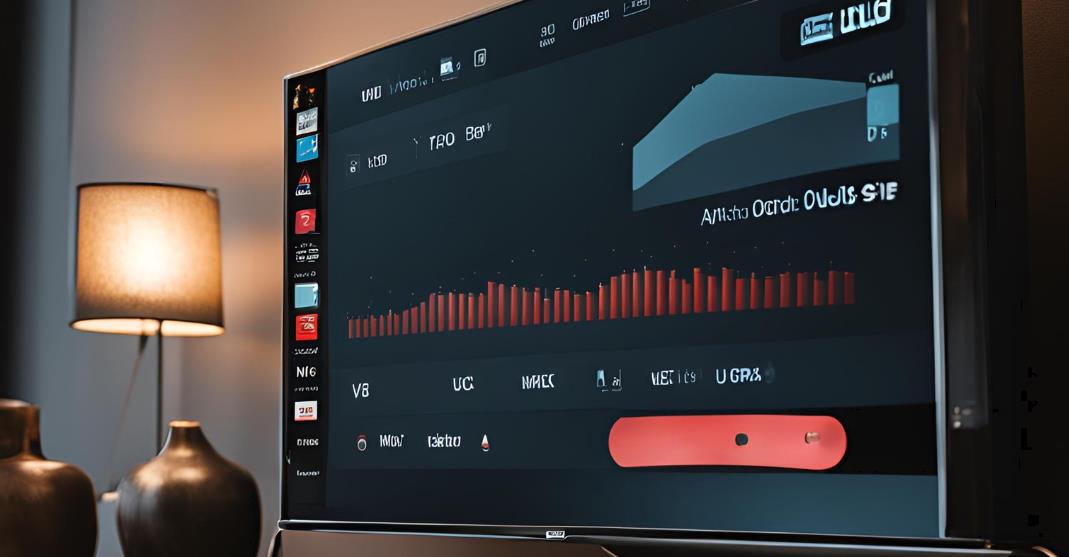Today, protecting Controlled Unclassified Information (CUI), sensitive but unclassified data that law enforcement agencies or managed support departments collect and store on their network is a number one priority in the digital landscape. CUI is information that requires safeguarding or dissemination controls pursuant to laws, regulations, or government-wide policies that impose specific protections on handling such information but is not classified. This operational integrity and the extreme authorization/safety gaps prevent unauthorized access or breach of CUI.
Organizations also have to follow specific system and network configurations for CUI compliance. In this blog, we will examine what level of system and network configuration is required for CUI.
Understanding CUI and Its Requirements
Controlled Unclassified Information is governed by standards like the National Archives and Records Administration (NARA) CUI program and NIST guidelines. Compliance frequently means meeting the standards from NIST Special Publication 800-171 and other compliance frameworks. The idea is to maintain the confidentiality and integrity of CUI.
What level of system and network configuration is required for CUI?
System Configuration for CUI
Access Controls

Robust access controls are necessary to protect CUI (Controlled Unclassified Information). This means using robust authentication mechanisms, such as multi-factor authentication (MFA), to ensure that a sensitive system cannot be accessed by anyone who should not have access. User access should be role-based and, to an extent only, required per each team member’s roles, enabling data exposure from unauthorized users on a need basis.
Accurate control of user accounts and permissions — along with encryption: Allowing only authenticated users access to information, not just anyone who can connect to a resource sharing the same network. Engage regularly updated inventories for CUI both at rest (“in storage”) or in transit; employ robust protocols like AES-256 and TLS 1.2+
System Security Configuration
Patch regularly to support CUI’s security stance, utilize trustworthy antivirus and malware defense aids, follow system hardening, and disable unwanted services and ports that reduce the attachment surface. Audit logs and statuses for authenticated access to CUI are accessed by the required indicative assignment times to act on any abnormalities quickly.
Network Configuration for CUI
Network Segmentation
It is essential to segregate the systems that handle sensitive CUI from those of other network segments. Doing this restrains the potential effect of a security violation and lessens unauthorized access risk. Using firewalls to regulate traffic between segments and implementing Intrusion Detection Systems (IDS) to observe any potential malevolent activity are critical elements of the network’s security of surrounding CUI.
Secure Communication

Securing communication channels is crucial for protecting CUI. Virtual Private Networks (VPNs) use strong encryption and authentication methods to provide secure remote access to systems. Furthermore, by mandating secure communication protocols such as HTTPS for web traffic and SFTP/SSH for file transmissions, data in transit will become encrypted to protect the information from interception or tampering.
Network Monitoring and Response
Continuous network traffic monitoring is required to detect possible security incidents involving CUI. Using Security Information and Event Management (SIEM) systems allows for the real-time analysis of security alerts. This includes an incident response plan that delineates steps to be taken during a security breach, from containment and eradication through recovery, ensuring incidents are dealt with efficiently and effectively.
Compliance and Documentation
Policies and Procedures
Comprehensive policies & procedures that protect CUI are imperative for compliance. You must also communicate your business security practice policies to all appropriate personnel so they know how to act securely. Keeping comprehensive records regarding the configuration of systems, security mechanisms, and compliance and running regular audits are also helpful in assessing what is being done to respect protection requirements with possible adjustments.
Training and Awareness

Employees must be trained regularly to keep the CUI secure. Next, train your team through best practice guides on how to protect CUI and understand their policies for security awareness training. Continual education campaigns ensure that employees are updated on new and changing risks and the urgency of adhering to measures such as following established security protocols, resulting in safeguarded data.
Protecting Controlled Unclassified Information requires a robust system and network configuration to ensure confidentiality, integrity, and availability. To adequately safeguard CUI, reasonable measures, including access controls, encryption, and network segmentation, must be applied or an alternative control must be used. Maintaining secure information requires compliance with proven standards and continually updated security practices.
By integrating these steps into your IT infrastructure, you can not only comply with the regulations but also secure yourself against potential threats. The security of CUI is iterative, an ongoing process requiring constant attention to ensure that the information remains protected.
Also Read: Which Data Encoding Technology is Used in Fiber-optic Cables?
FAQs on System and Network Configuration for Controlled Unclassified Information (CUI)
What is Controlled Unclassified Information (CUI)?
CUI is sensitive but unclassified information that needs protection under laws or policies to ensure its confidentiality, integrity, and availability.
What are the main system configuration requirements for CUI?
Essential requirements include strong access controls with multi-factor authentication (MFA), role-based access controls (RBAC), encryption (AES-256 for data at rest, TLS 1.2+ for data in transit), regular patching, antivirus, system hardening, and comprehensive logging.
How should access controls be implemented?
Access controls should use MFA and RBAC to restrict data access based on roles. Regularly review and update user permissions and deactivate accounts when necessary.
What encryption methods are recommended?
To protect CUI from unauthorized access, use AES-256 encryption for data at rest and TLS 1.2 or higher for data in transit.
Why is system hardening important?
System hardening reduces vulnerabilities by turning off unnecessary services and ports, decreasing the potential attack surface.
How does network segmentation help?
Network segmentation isolates systems handling CUI, limiting the impact of breaches and reducing unauthorized access risks.
What is the role of continuous network monitoring?
Continuous monitoring helps detect and respond to security incidents in real time, using tools like SIEM to identify and address threats promptly.



